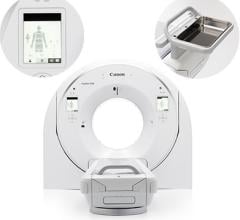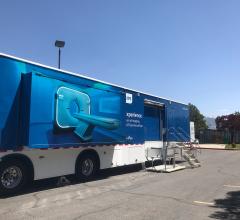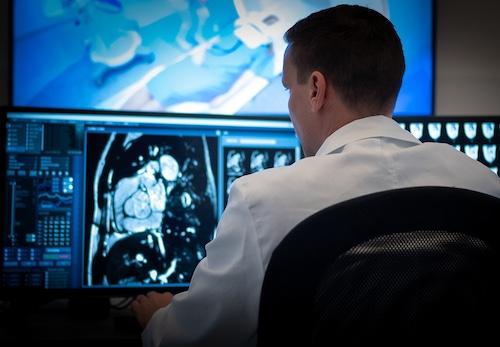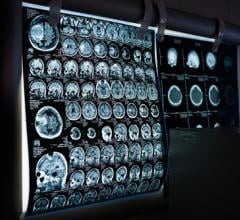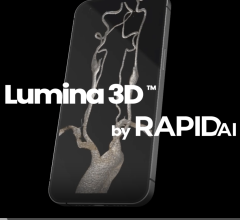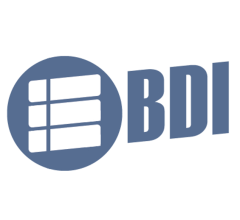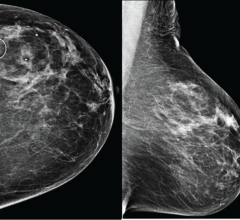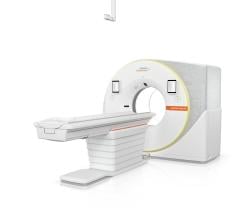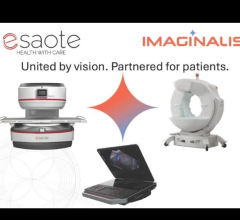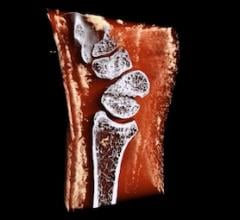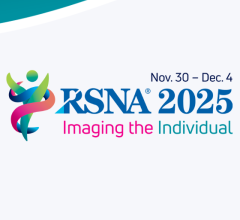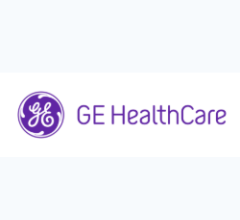Dec,. 1, 2025 — Canon has announced that the U.S.
Computed Tomography (CT)
Computed tomography (CT) systems use a series of X-ray images to create an image volume dataset with slices that can be manipulated on any plane using advanced visualization software. The section includes computed tomography scanners, CT contrast agents, CT angiography (CTA and CCTA), CT perfusion, spectral CT (dual-source CT), and iterative reconstruction dose reduction software.
Dec. 1, 2025 — Researchers at the University of California, Berkeley and University of California, San Francisco have ...
A new study shows large increases in the use of computed tomography (CT) scans of the head in emergency departments ...
Dec,. 1, 2025 — Canon has announced that the U.S. Food and Drug Administration (FDA) has granted [510(k) clearance/PMA ...
SPONSORED CONTENT — Fujifilm’s latest CT technology brings exceptional image quality to a compact and user- and patient ...
Nov. 26, 2025 — a2z Radiology AI has received U.S. FDA clearance for a2z-Unified-Triage, a single device that flags and ...
Nov. 13, 2025 — Nano-X Imaging Ltd., a medical imaging technology company, will showcase its Nanox.ARC X multi-source ...
Nov. 12, 2025 — On Nov. 11, Huntsman Cancer Institute at the University of Utah (the U) opened its first specialized ...
In June, the Philips Radiology Experience Tour hit the road to provide healthcare professionals with an opportunity to ...
Once viewed as a solution for after-hours coverage, teleradiology is rapidly expanding into a critical part of radiology ...
Oct. 9, 2025 — Harrison.ai has received three FDA Breakthrough Device Designations for CT imaging solutions, further ...
Oct. 16, 2025 — A strategic collaboration between UC San Diego Health and GE HealthCare will focus on bringing advanced ...
This summer, the Philips Radiology Experience Tour has been bringing Philips imaging modalities directly to the ...
Oct. 9, 2025 — RapidAI recently announced that its Lumina 3D built on the Rapid Enterprise Platform has been named to ...
Sept. 29, 2025 — Many studies have shown the inverse relationship between bone mineral density (BMD) — the gold standard ...
Sept. 26, 2025 — At the American Society for Radiation Oncology (ASTRO) 2025 annual meeting in San Francisco, Calif ...
The healthcare industry faces many different types of obstacles in today’s challenging marketplace. Staff shortages ...
Sept. 3, 2025 — According to ARRS’ American Journal of Roentgenology (AJR), a commercial artificial intelligence (AI) ...
Sept. 4, 2025 — University Hospitals health system in Cleveland recently became the first healthcare institution in the ...
Sept. 4, 2025 — 4DMedical, a global medical technology company, has announced U.S. Food and Drug Administration (FDA) ...
Aug. 26, 2025— Esaote North America, Inc., a provider of dedicated MRI, Ultrasound, and Healthcare IT solutions, has ...
Aug. 26, 2025 — Optellum, a global leader in AI for lung health, recently announced the world’s first thorax CT ...
Aug. 12, 2025 — MARS Bioimaging has appointed of Dr. Ojas Mahapatra as Group Chief Executive Officer. Mahapatra is an ...
Aug. 13, 2025 — Registration is now open for the RSNA 111th Scientific Assembly and Annual Meeting, the world’s leading ...
July 22, 2025 — GE HealthCare has topped a U.S. Food and Drug Administration (FDA) list of AI-enabled medical device ...

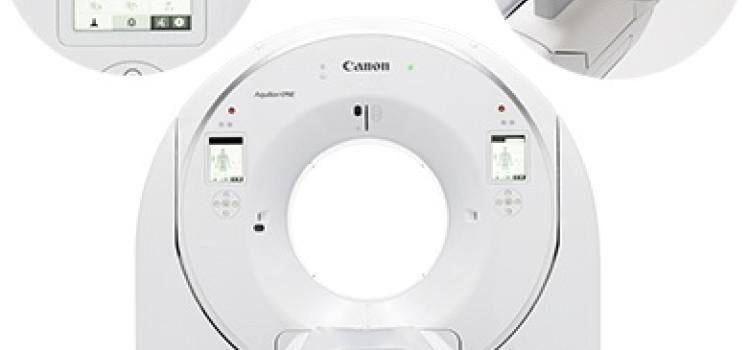
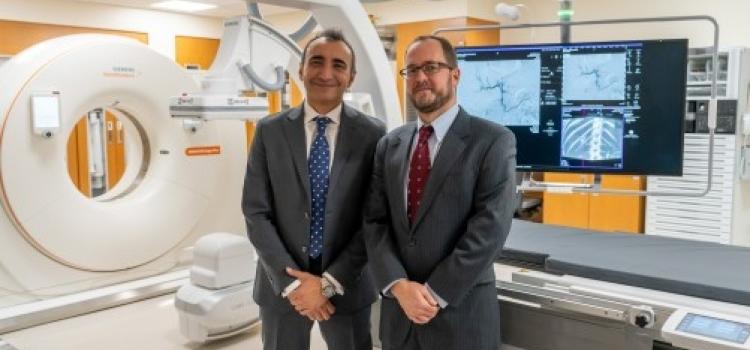
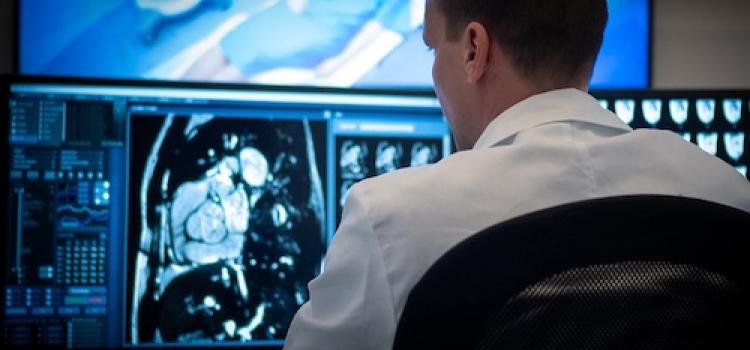

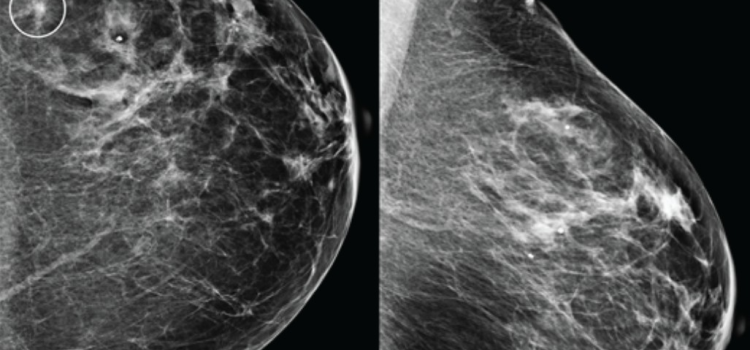

 December 10, 2025
December 10, 2025 

